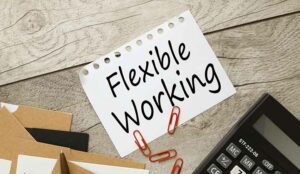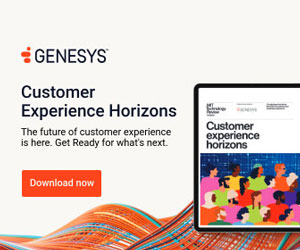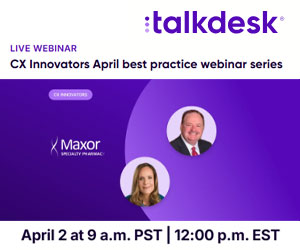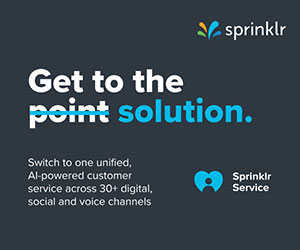Dave Salisbury outlines the importance of flexible workspaces and the need for alternative work options.
After my service-connected injuries went crazy in 2010 and my nerves decided I needed to be a “bobblehead doll,” I quickly realized there was a need for alternatives to commuting to an office every day and working as a traditional employee.
However, alternatives to conventional employment continue to be few and far between, primarily due to the IRS in America. 2020 saw a breakout in other options to the traditional employment paradigm, and I would like to continue this discussion to generate more alternatives to conventional employment.
Olmstead and Smith (1989) wrote what I consider to be the quintessential and seminal book on alternatives to traditional employment, “Creating a Flexible Workspace: How to Select and Manage Alternative Work Options.”
Flexibility in the workplace is not just a Human Resources (HR) duty but is helped by having HR people with imaginations and who are empowered to be creative to keep good employees. Flexibility is not merely limited to a wide variety of work schedules which can be offered optionally.
Flexibility in the workspace also includes on- and off-site employment, and cross-training, as key fundamentals in empowering employees and driving workplace flexibility programmes.
But flexibility always begins with the realization that flexibility is a two-directional relationship between employer and employee and a means for enhancing the talents, skills, and abilities already hired as part of a dedicated appreciative-inquiry desire to innovate.
Appreciative Inquiry
Appreciative inquiry is a growth mechanism that states that an organization already has enough of what it needs, provided it listens to its employees. Appreciative inquiry and common sense tell leaders who want to know and change their organization how and where to begin.
Appreciative inquiry-based leadership is 6 continuous steps that start small and cycle to larger problems as momentum for excellence permeates through an organization. But the first step, just like in defeating a disabling addiction, is admitting there is a problem.
The six operational steps of appreciative inquiry:
- Admit there is a problem and commit to change.
- Define the problem.
- Discover the variables and stay focused on the positive.
- Dream BIG!
- Design the future and outline the steps to that future.
- Destiny, create the destination you desire.
Follow the instructions on a shampoo bottle, “Wash, Rinse, Repeat.” The appreciative inquiry model can be scaled, repeated, implemented into small or large teams, and produce motivated members who then become the force to build change.
Allow yourself and your team to learn. This takes time, but through building motivation for excellence, time can be captured to perform.
Flexibility and Viability – Not Just Terms, but Lifestyles
Flexibility in an organization is understood as accepting change and positively using that change to grow and develop more flexibility.
Viability in an organization is where the continuing effectiveness of flexibility generates new growth markets and creates the organization’s potential to flex to meet the growth areas.
Flexibility and viability are interlinked and interwoven ideas that every employee should be conscious of and striving to enhance personally as part of their brand.
Erroneously called “employee engagement,” flexibility and viability are the continued efforts of all employees to participate in the business’s success.
Appreciative inquiry is the sum of the efforts to flex and be viable in competition with other businesses, recognizing that the answers to your current problems are always found in listening to employees.
Please note, you can think your business is flexible enough, but when the winds of change blow, will your business collapse or grow?
For example, as a consultant and subject matter expert, I was called into a manufacturing company to improve flexibility. The company had been around for more than 100 years, and the owners, a family business, figured they were pretty flexible.
From day one, though, it was apparent the business had stagnated, and there was no flexibility or viability left in the organization. When the 2008 market recession occurred, the company lost 5 of its 6 operating shifts and barely survived by draining all remaining liquidity to stay afloat.
The company has limped along ever since, to the amazement of everyone who has worked at this facility.
Hence, one must understand the principles of viability, flexibility, and appreciative inquiry as a lifestyle of daily choices where the leadership is engaged in and listening to employees.

Dave Salisbury
Failure to listen remains the number one reason businesses and governments fail. Who should governments be listening to? average citizens, not statisticians, not special interest groups, not lawyers and political cronies, but the people who voted them into power.
Who should businesses be listening to? their employees, not customers, not vendors, not shareholders, all of whom need to have a voice, but the front-line employee has answers.
References:
Olmsted, B., & Smith, S. (1989). Creating a flexible workplace: How to select and manage alternative work options. American Management Association (AMACOM).
Thanks to Dave Salisbury for putting together this article.
For more from Dave Salisbury, read some of his other articles by following the links below:
- What Is the Purpose and Mission of Your Contact Centre?
- How to Improve Your Customer Service Listening Skills
- How to Improve Your Remote Contact Centre Learning Strategy
Author: Dave Salisbury
Reviewed by: Jonty Pearce
Published On: 6th Aug 2021 - Last modified: 26th Feb 2025
Read more about - Archived Content, Dave Salisbury, Employee Engagement, Leadership


































